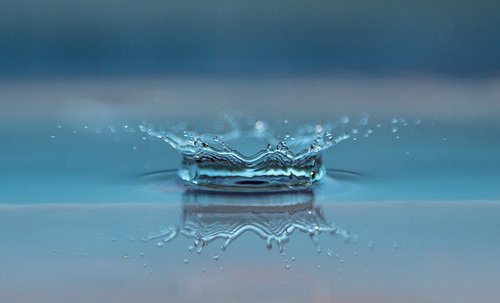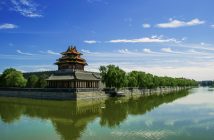As the world celebrates International World Water Week (April 10-16), we can teach our children about saving water through our living environment as an example. Here, we have gathered statistics and examples from various sources to illustrate that while it’s important to save water regardless of location, it is especially crucial to save water in Beijing, China.
China’s water scarcity
While air pollution is the poison we tend to focus on when discussing China’s rapid industrialization, water pollution and scarcity, caused by insufficient resources, is also problematic in the Middle Kingdom. China’s water scarcity is concentrated in the northern areas (where it rarely rains), and is mainly caused by three factors: original uneven distribution of water resources (lakes and rivers are concentrated in the Southern provinces), rapid economic development (industrialization) and urbanization with a large and ever growing population, and poor water resource management. Even the United Nations has recognized China as one of the 13 developing nations grappling with severe water scarcity, with over 400 Chinese cities short of water. The worst of all cities is, of course, Beijing.

Beijing’s water shortage
Beijing is now one of the most water-scarce cities in the world. Its water shortage has existed ever since rainwater began to fall in the 1950s, with its average annual precipitation at only 578mm, compared to New York’s 1,090mm. As residents, we know that it hardly rains from September to April as Beijing has suffered droughts every year for the last decade. The Yongding River, which was previously used for drinking water, has long been abandoned due to pollution.
Historically, Beijing took its water from mountain springs north and west of the city through canals, allowing the capital to thrive since the Yuan dynasty despite being located far from a major river. However, natural springs in the surrounding areas have long dried up as a result of deforestation.

The South-North-water diversion project, a 500-billion-yuan project that was recently completed in 2015, brings water from the Yangtze River (south) to Henan, Hebei, Beijing, and Tianjin. The Yangtze River provides Beijing with about 2 million cubic meters of water per day, of which seventy-six percent is supplied to residents in the downtown, Daxing, and Mentougou districts.
Yet, Beijing still suffers from a water shortage as its 21 million residents annually consume about 3.6 billion cubic meters of water. The remaining gap of about 30% is still being filled with the exploitation of ground water, which is known to clog pipes and shower heads due to its high magnesium and calcium counts. Since the gap is being filled with awful ground water that we need to filter before we can use, we should use our water supply sparingly.
Five Simple Ways to Teach Kids to Save Water:
- Do not play with the toilet flush—flush only when necessary!
- Turn off the faucet when soaping, brushing teeth, or cleaning.
- Close the faucet tightly!
- Take quick showers; no playing!
- If you prefer a bath, fill the tub 1/3 full (max. 1/2 full).
For more ideas, visit more resources.
Sources: PWC, Shanghai Daily, China Daily, Baidu, Wikipedia, China Water Risk,




